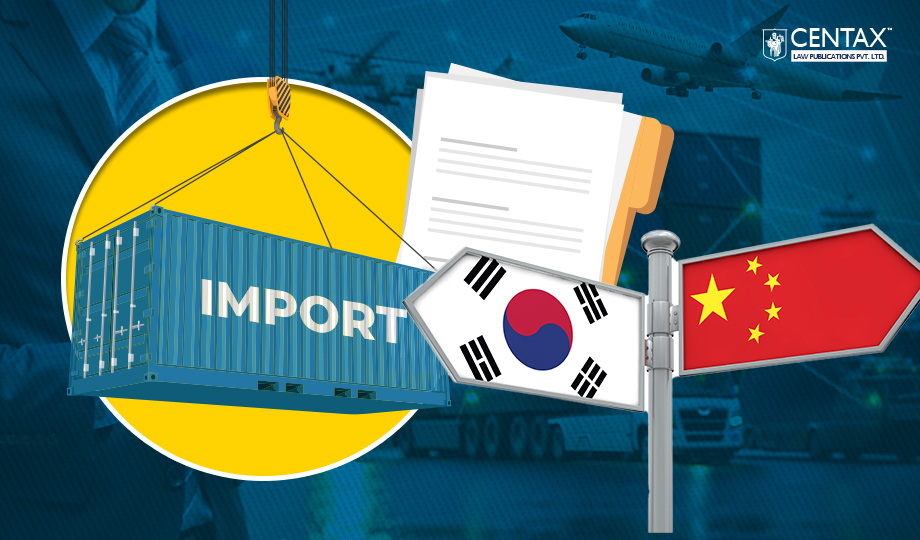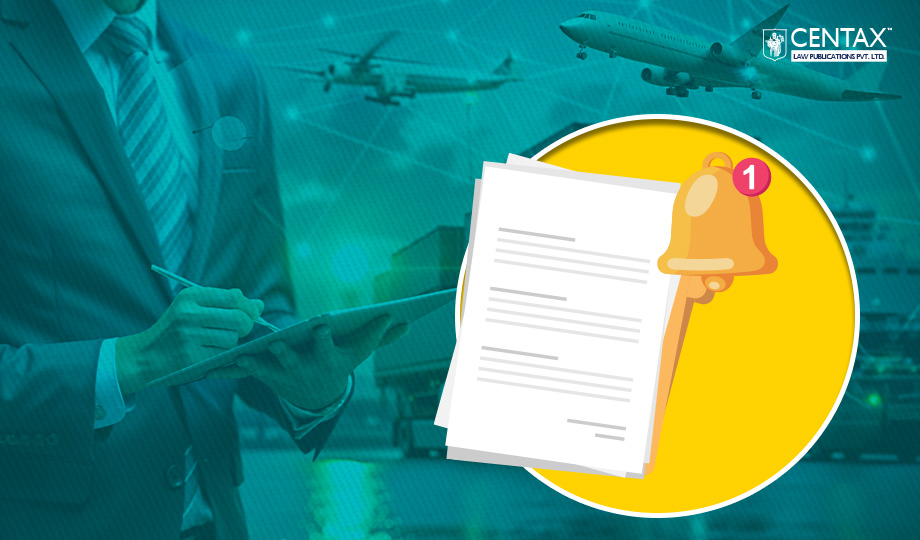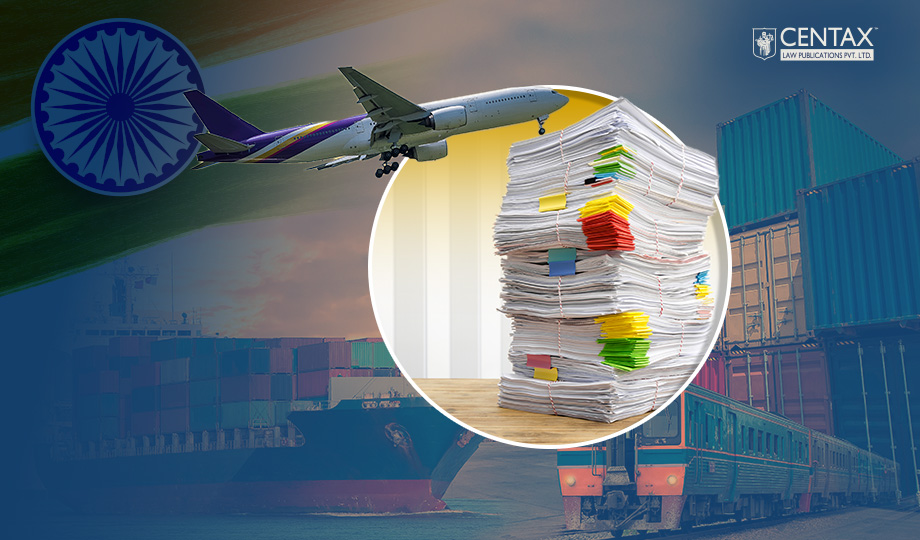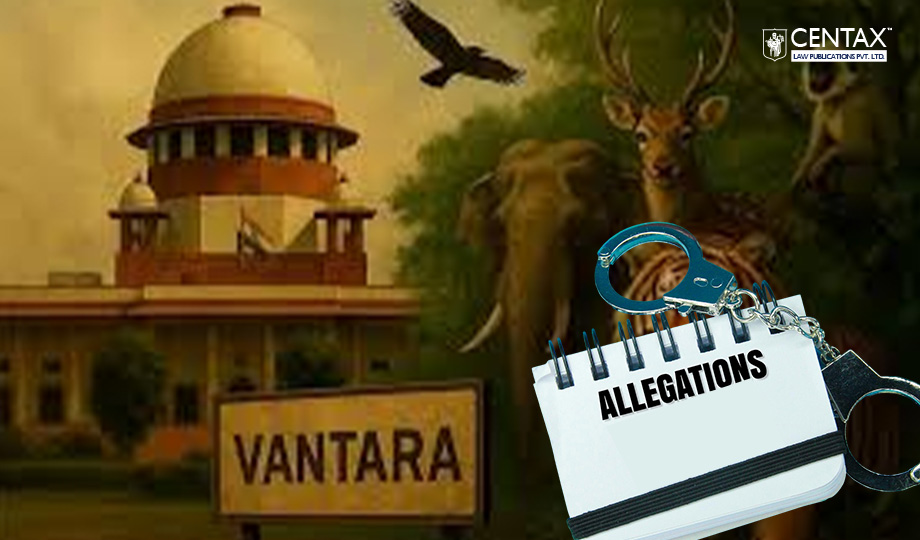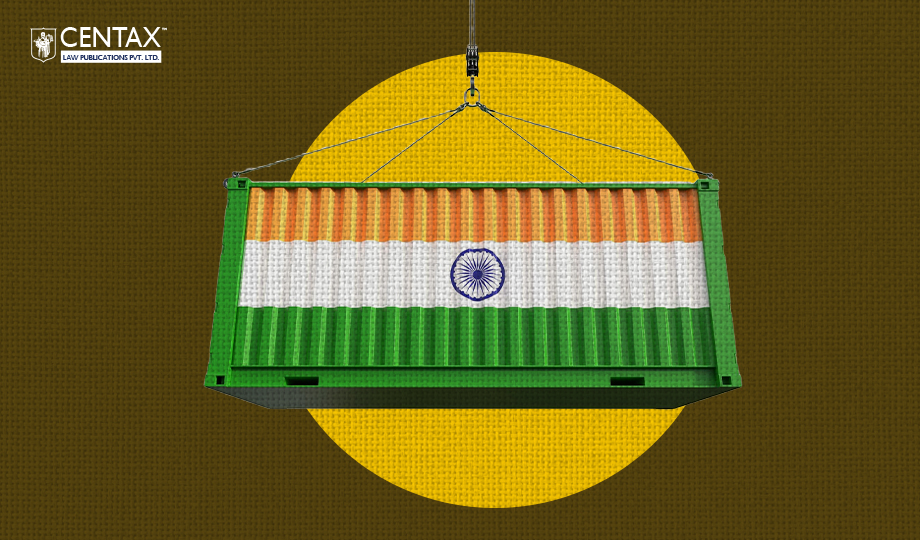
Export Duty is a type of tax or levy imposed by a country's government on goods and services that are shipped out of the country for sale in foreign markets. It is charged to regulate exports, control the movement of essential commodities, and generate revenue for the government.
Table of Contents
1. Introduction
Export duty is a statutory levy imposed on specified goods leaving the customs territory of a country. It forms part of a nation’s tariff policy framework, aimed at regulating the outflow of critical resources, stabilizing domestic markets, and generating fiscal revenue. The imposition of export duty is dictated by statutory provisions, tariff schedules, and government notifications, making it a crucial element in international trade compliance.
2. Levy of Export Duty
The Government of India prioritizes export promotion, resulting in export duty being levied on a limited range of products. The specific articles subject to export duty are enumerated in the Second Schedule of the Customs Tariff.
As of 01-03-2011, this Schedule comprised 49 items, several of which have been subsequently exempted through government notifications.
2.1 Rates of Export Duty
Export duty is applicable to a limited set of products as specified in the Second Schedule of the Customs Tariff. As of 01-03-2011, 49 items were listed, with several exemptions granted through notifications. The prevailing export duty rates as of 01-03-2011, were as follows:
- De-oiled rice bran oil cakes – 10%
- Luggage leather – 25%
- Leather – 15%
- Snake skins and raw fur lamb skins – 10%
- Ferrous waste and scrap – 15%
2.2 Calculation of Export Duty
Export duty is computed based on the Free on Board (FOB) price. For instance, if the duty rate is 15% and the FOB price is Rs. 100, the duty payable is Rs. 15. Until 01-01-2009, Rs. 100 was considered a cum-duty price, and duty was calculated through back calculations. This methodology was clarified in MF(DR) Circular No. 19/2008-Cus, dated 10-11-2008.
The CESTAT ruling in Sesa Goa v. CCE (2012) 277 ELT 105 confirmed that the FOB price is not a cum-duty price. This was subsequently reaffirmed in CC v. Sesa Goa (2016) 334 ELT 62 (CESTAT) and CC v. Sesa Goa (2016) 335 ELT 745 (CESTAT).
2.3 Relevant Date for Export Duty Rate
Under Section 16 of the Customs Act, the applicable export duty rate is determined as per the date of the ‘Let Export’ order – Jindal Saw v. CC (2012) 280 ELT 135 (CESTAT).
2.4 Refund of Export Duty
Section 26 of the Customs Act provides for the refund of export duty under the following circumstances:
- Goods are re-imported within one year.
- The returned goods are not intended for resale.
- The refund claim is submitted within six months from the date of customs clearance officer for re-importation.
2.5 Emergency Powers to Impose Export Duty
Section 8 of the Customs Tariff Act empowers the Central Government to amend the Second Schedule and impose or increase export duty through notifications, which must be presented before Parliament within 15 days.
2.6 Doctrine of Unjust Enrichment Not Applicable to Export Duty Refunds
Refunds of export duty under Section 26 are not subject to the doctrine of unjust enrichment – CC v. Ken Agritech 2004 (166) ELT 339 (CESTAT) and Rajkumar Impex v. CC (2010) 253 ELT 795 (CESTAT SMB).
In fact, this is even otherwise clear from provisions of sections 18(5) and 27(2) of Customs Act
2.7 Export Duty on Supplies to SEZ
The Gujarat High Court, in Essar Steel v. UOI (2008) 232 ELT 617, held that export duty does not apply to goods supplied from the Domestic Tariff Area (DTA) to a Special Economic Zone (SEZ). This position was reaffirmed in Essar Steel v. UOI (2010) 24 STT 121= 249 ELT 3 (Guj HC DB) and subsequently upheld in Shyamaraju & Co. v. UOI (2010) 256 ELT 183 (Karn HC) – CCE v. Biocon Ltd. (2011) 267 ELT 28 (Karn HC DB) – Tirupati Udyog v. UOI (2011) 272 ELT 209 (AP HC DB).
The decision was followed in Welspun Anjar Pipes v. UOI (2015) 323 ELT 130 (Guj HC DB) – departmental appeal dismissed by SC – 323 ELT A28.














